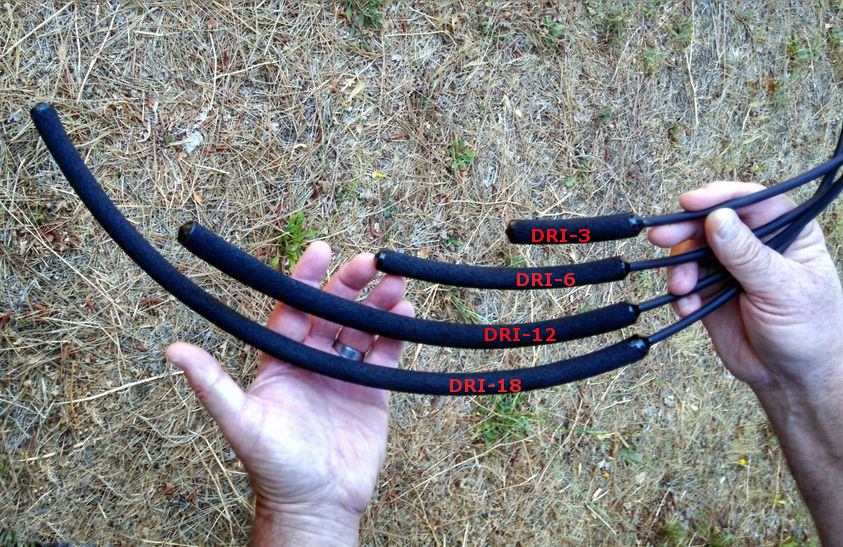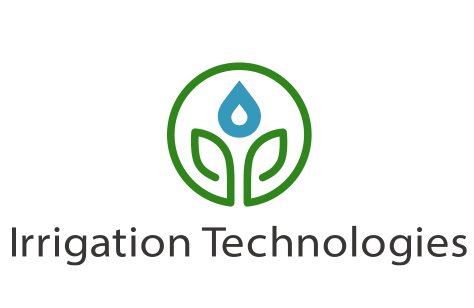
Depending on the plant, DRI units come in four different sizes.
What is DRI and how does it work?
DRI means ‘Deep Root Irrigation’. DRI’s patented new technology is a simple, affordable device that inserts easily into the ground and improves the plants health by delivering water and fertilizer directly to the root zone. DRI attaches directly to the existing emitter on a drip irrigation system. The DRI unit has been independently tested and shown to save water of 60% (or better) compared to traditional drip irrigation. By placing the water below the soil’s surface directly at the root zone, loss of water due to evaporation is eliminated, and areas outside the root zone that don’t need the water are not getting it. Thus, downward root growth is encouraged, which avoids J-root and shallow root development that can result from surface watering systems. All of which is better for the health of the plant and our environment. A win win for the planet and the farmer who uses it.
It was no surprise then, that DRI won the award for the ‘Top 10 New Products’ at the 2015 World AG Expo!
In the same year DRI won ‘Best New Invention’, at the ‘BlueTech Valley Water Summit’. Where the main topic was the ongoing drought in California and it’s impact on the agricultural sector, the water industry and how the global warming trend can spur new innovations.
What is a DRI unit?
DRI units are made of over 60% post-consumer recycled content. Simply put, a unit consists of a ¼” tube connected to a soaker ‘type’ hose device with an internal copper element to detour the intrusion of capillary roots. The soaker end is put into the root zone and the tube is connected to the existing drip emitter line above the surface…. It’s that simple!
Unit costs are a fraction of other irrigation systems and a unit can be installed in less than 30 seconds! See the video below:
English: How to Install DRI Video
What can DRI do?
One of the most important aspects that DRI offers from other forms of irrigation (including standard drip) is more control. More control over the water and fertilizer that is delivered; more control over maintenance costs and more control over your ability to monitor when your tree or vine needs water. This level of control leads to huge cost savings. Which in turn produce a higher profit for the grower!
These savings come in many ways and include, lower consumption of water, less energy consumption, less fertilizer usage, lower maintenance costs, and increased dependable yields.
In addition to cost savings and conservation by the use of DRI, farmers also reduce their environmental footprint. That is priceless!

How DRI Reduces Irrigation Costs
Water
The DRI system requires about 60% less water than traditional drip irrigation systems. Compared to sprinkler, flood or fan jet irrigation, DRI uses about 80% less water.
.
Energy
The number one cost of irrigation is the energy needed to pump water. When farmers are using less water to irrigate, they are also reducing the amount of energy needed to pump water.
The result is more profits for the farmer that uses DRI.
Fertilizer
DRI technology directs liquid fertilizer to the root zone with no waist, minimizing loss to runoff and displacement. With less waste, farmers reduce the amount of fertilizer needed to grow their crops.
Maintenance
When you eliminate surface watering, you reduce accumulation of moisture that stimulates growth of fungi and weeds. This means you also reduce food and water sources that attract pests. This in turn reduces costs and provides higher profits to the grower.




